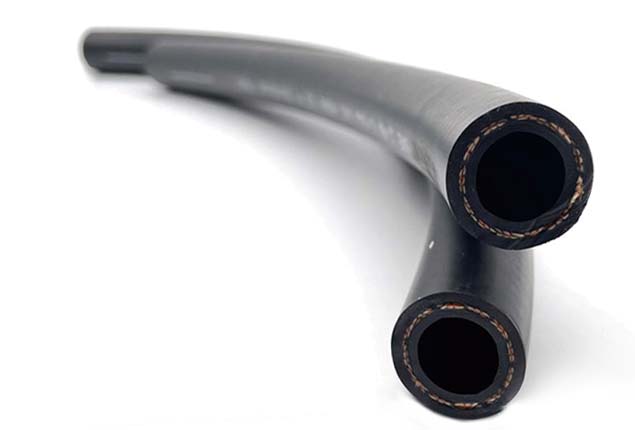4 inch drainage pipe connectors
The Importance of 4-Inch Drainage Pipe Connectors
In the world of plumbing and drainage systems, the integrity of connections plays a vital role in ensuring effective water flow and preventing leaks. Among the various components utilized in these systems, 4-inch drainage pipe connectors stand out as essential tools for both residential and commercial drainage solutions.
Understanding 4-Inch Drainage Pipes
4-inch drainage pipes are typically used to manage wastewater and stormwater. Their diameter makes them suitable for a variety of applications, including residential drain systems, sewer lines, and agricultural runoff. The reliability of these pipes greatly depends on the connectors used to join them together, as poorly connected pipes can lead to clogs, backflow issues, and potential property damage.
Types of 4-Inch Connectors
There are several types of 4-inch drainage pipe connectors available on the market, each designed to meet specific needs. Common types include couplings, elbows, tees, and reducers
1. Couplings These are straightforward connectors used to join two pipe sections in a straight line. They are essential for extending pipe lengths and ensuring a seamless flow of water.
2. Elbows Available in various angles, elbows allow for directional changes in the drainage system. This is particularly useful in navigating around obstacles or making turns in a drainage layout.
3. Tees These connectors are designed for branching off a single pipe into two directions. They are vital in creating multiple outlets from a main line, especially in complex drainage systems.
4. Reducers Sometimes pipes of different diameters need to be connected. Reducers facilitate this transition, allowing a smooth flow from a larger pipe to a smaller one.
4 inch drainage pipe connectors

Material Considerations
When selecting 4-inch drainage pipe connectors, the choice of material is crucial. Common materials include PVC, ABS, and cast iron. PVC is popular for its lightweight, corrosion-resistant qualities and ease of installation. ABS offers similar benefits but is often favored for its impact resistance. Cast iron, while heavier and more expensive, is favored in certain applications for its durability and sound insulation properties.
Installation Tips
Proper installation of 4-inch drainage pipe connectors is essential to the overall performance of the drainage system. Here are some tips to ensure a successful installation
1. Clean Cuts Ensure that the ends of the pipes are cut cleanly and evenly. Jagged edges can lead to leaks and reduce the effectiveness of the connector.
2. Use the Right Adhesive When connecting PVC or ABS pipes, use the recommended solvents or adhesives. Following the manufacturer's instructions is crucial for creating a strong bond.
3. Check for Alignment Before securing any connectors, check that all pipes are properly aligned. Misalignment can cause stress on the system and lead to failure over time.
4. Test the System After installation, it’s wise to test the drainage system by running water through it. Look for any signs of leaks or blockages to address issues promptly.
Conclusion
4-inch drainage pipe connectors are critical components in building a reliable and efficient drainage system. By understanding the different types, choosing the right materials, and following proper installation techniques, homeowners and plumbers can create systems that effectively manage water flow and prevent potential drainage problems. Investing time and resources into these components not only protects properties but also supports sustainable water management practices.
-
Ultimate Spiral Protection for Hoses & CablesNewsJun.26,2025
-
The Ultimate Quick-Connect Solutions for Every NeedNewsJun.26,2025
-
SAE J1401 Brake Hose: Reliable Choice for Safe BrakingNewsJun.26,2025
-
Reliable J2064 A/C Hoses for Real-World Cooling NeedsNewsJun.26,2025
-
Heavy-Duty Sewer Jetting Hoses Built to LastNewsJun.26,2025
-
Fix Power Steering Tube Leaks Fast – Durable & Affordable SolutionNewsJun.26,2025

